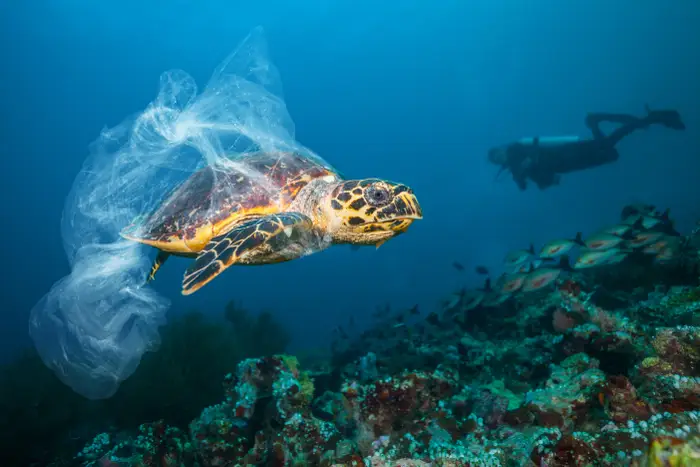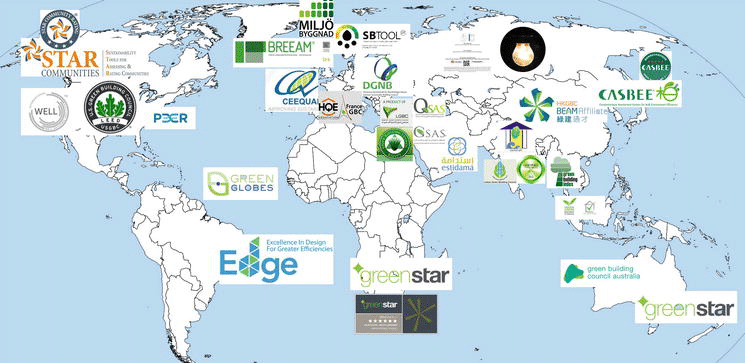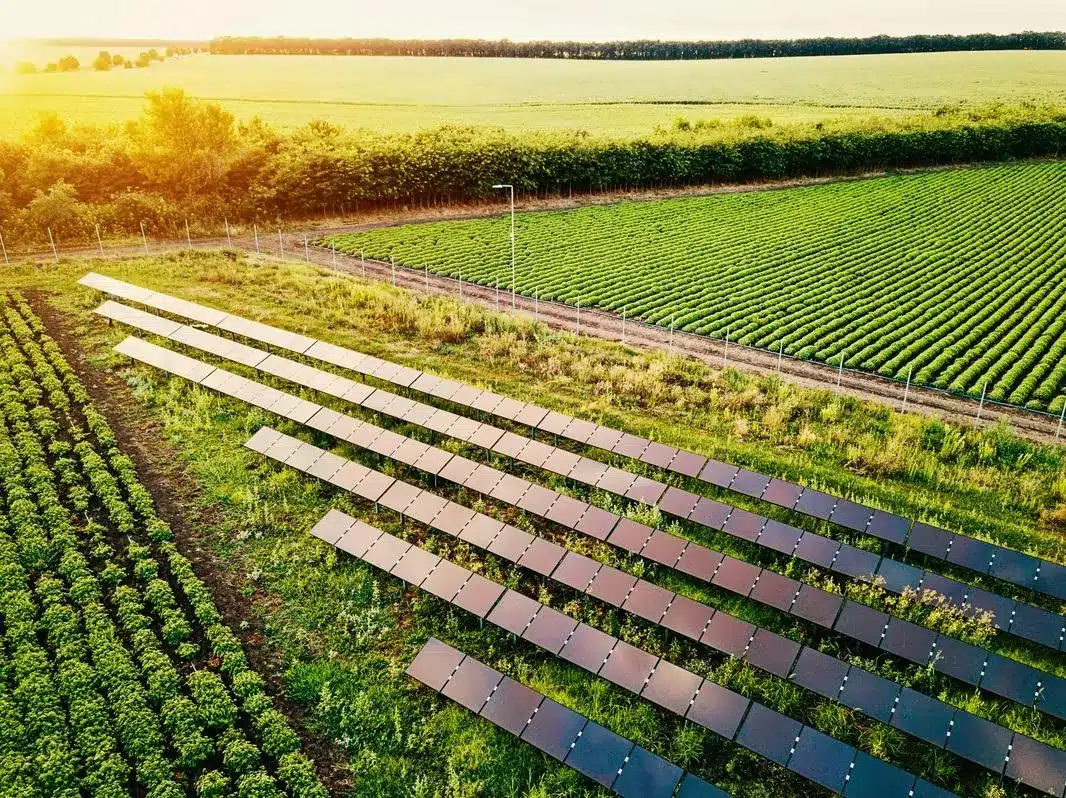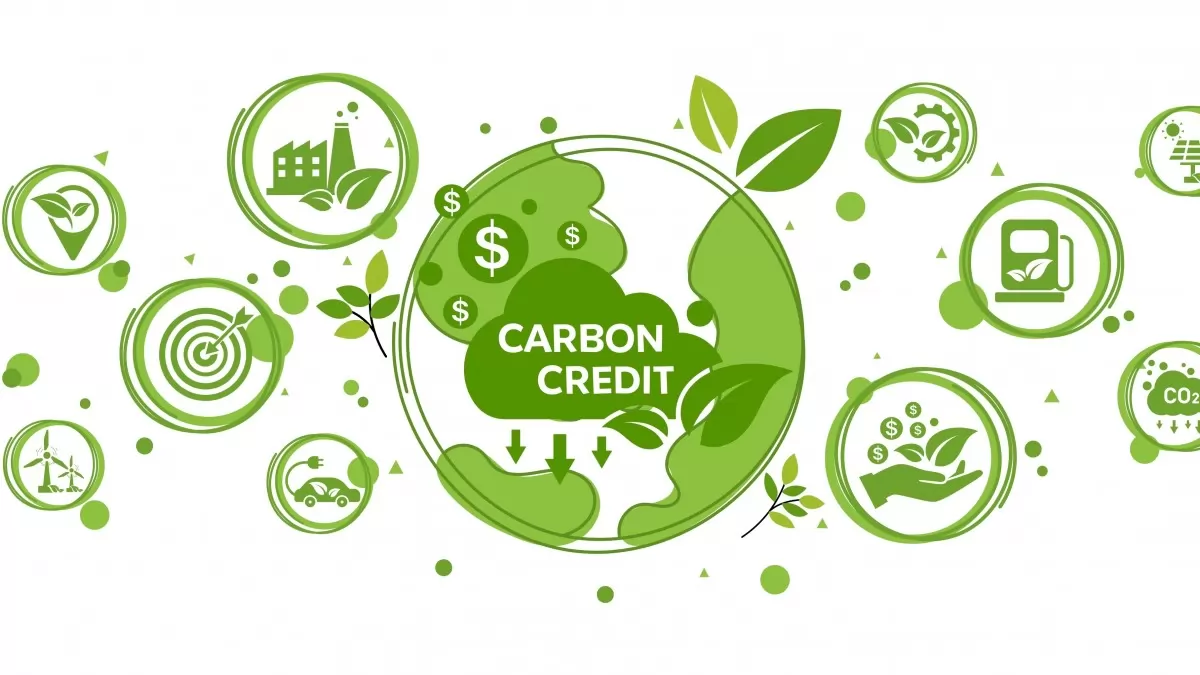Please Note: We have listed this article course as a flipbook on this page .It is for those interested in auditing the course/lesson. Please enroll in the course or get a Platinum membership and access all our courses at your leisure. This way you can report this course for Continuing Education (CE) or need a certificate. Enrolled students must take and pass the short quiz in order to earn CE credits. In addition, this course needs to be self-reported. Self-reporting information will be accessible once you complete the Quiz.
Some scientists say the oceans are dying, choking on tons of plastic and other polluting debris and struggling to adapt to climate change. The ocean waters (seas and coastal) and marine life are struggling on many levels.
Ocean acidification, decimated fisheries due to overfishing, entangled marine fish and mammals, and climate change are just some of the challenges environmentalists are facing in their efforts to maintain healthy oceans.
The course discussion centers around plastic pollution because that is the single greatest threat to the oceans other than climate change. In this course, the state of the oceans is reviewed through descriptions of the major problems that must be dealt with on a global basis before they become insurmountable. The course ends with a presentation of some innovative approaches underway to clean up the oceans and protect marine life.
What you will learn
- Review the current state of the ocean waters
- Discuss the sources of ocean pollution
- Explain coastal eutrophication
- Describe ocean acidification and its impacts on humans
- Outline the struggles of marine life due to pollution and overfishing
- Analyze the impacts of climate change on the oceans and marine life
- Diiscover the ongoing efforts and innovative ideas to slow the flow of plastic into the oceans and assist threatened marine life with recovery










